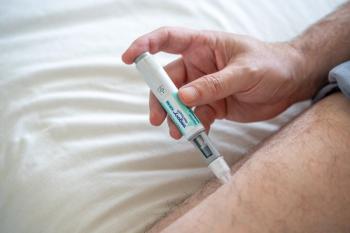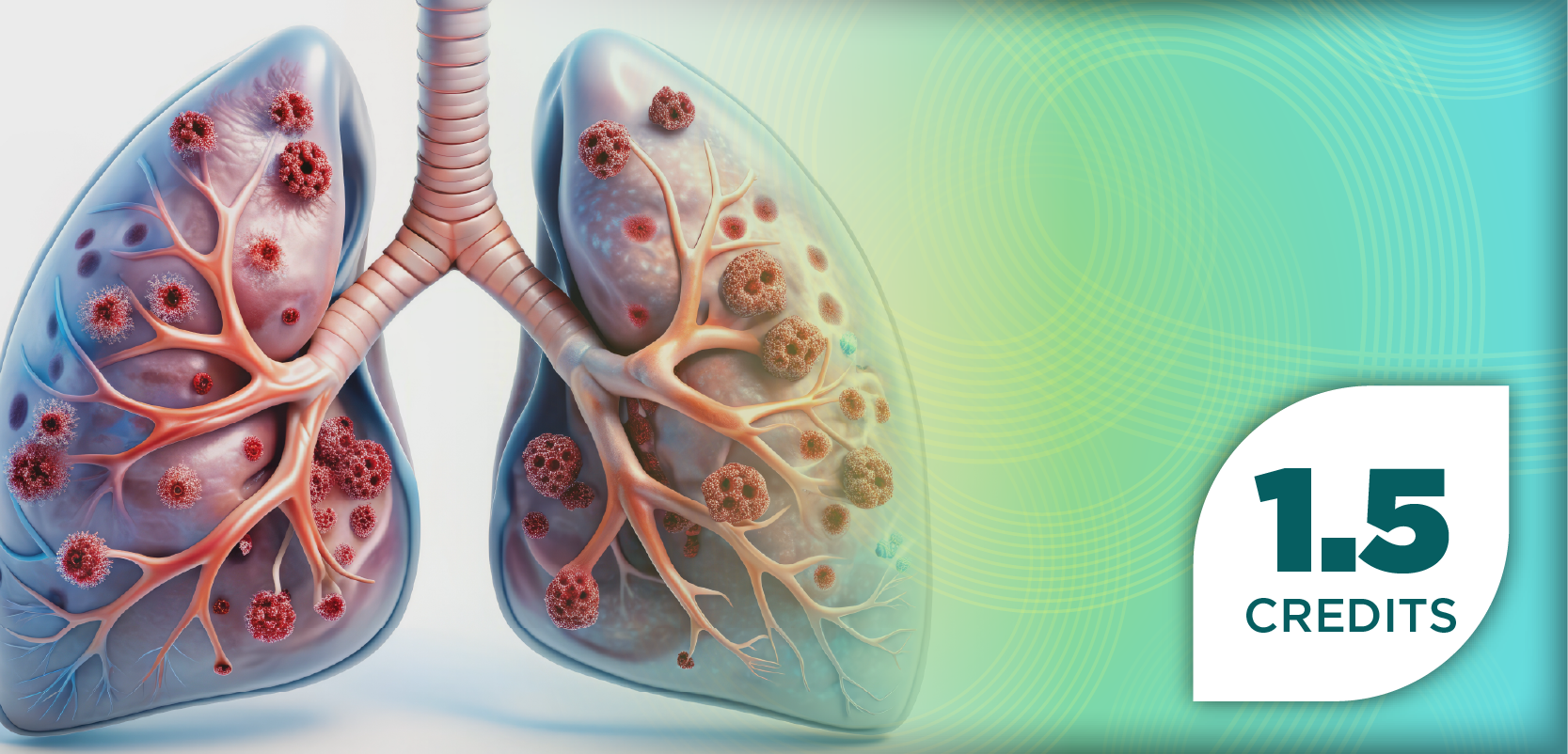
Novel Prescription Digital Therapeutic Improves Negative Symptoms of Schizophrenia
Key Takeaways
- CT-155 effectively reduced experiential negative symptoms in schizophrenia patients in the phase 3 CONVOKE study.
- Negative symptoms significantly impact quality of life and contribute to the economic burden of schizophrenia.
CT-155, an investigational prescription digital therapeutic, was found to improve motivation, sociality, and other negative symptoms in patients with schizophrenia as an adjunct to antipsychotic treatment.
New results from the pivotal randomized, double-blind, controlled, phase 3 CONVOKE study (NCT05838625) demonstrate the effectiveness of CT-155 (BI 3972080; Boehringer Ingelheim), an investigational prescription digital therapeutic (PDT) in patients with schizophrenia. The PDT successfully reduced experiential negative symptoms associated with schizophrenia from baseline to week 15 as measured by the Clinical Assessment Interview for Negative Symptoms, Motivation, and Pleasure Scale (CAINS-MAP).1,2
With data set to be presented at the 38th Annual European College of Neuropsychopharmacology Congress in October 2025, CT-155 stands as a potential new avenue for both patients with schizophrenia and their health care providers to improve their condition.1
Benefits of Addressing Negative Symptoms of Schizophrenia
Compared with a standard digital control app, CT-155 was introduced as an adjunct to standard-of-care antipsychotic therapy in patients diagnosed and living with schizophrenia who have experienced experiential negative symptoms. Over 60% of individuals living with schizophrenia experience negative symptoms, which are one of the core symptom domains of the disorder. Encompassing both experiential and expressive symptoms, experiential negative symptoms can include avolition, asociality, or anhedonia (a diminished ability to feel pleasure).1,3
These symptoms can be all-encompassing and reduce quality of life for patients with schizophrenia. Beyond impacts to quality of life and routine activities, researchers have affirmed that schizophrenia is linked to a major economic burden for patients, with one estimate saying that the disorder led to over $60 billion in direct health care costs in 2019. Another trial, examining insurance claims over a 7-year period, found that such economic burden—including higher health care resource utilization and more frequent outpatient/inpatient visits—was increased for patients experiencing negative schizophrenia symptoms.1,4,5
The reality for many patients with schizophrenia is that, despite these everyday complications, there are no FDA-approved treatments indicated for managing negative symptoms of schizophrenia. CT-155, with positive clinical trial results, presents as a hopeful future option for patients with the condition.1
“Findings from CONVOKE provide the first phase 3 evidence supporting the potential of a prescription digital therapeutic as an adjunct to standard of care antipsychotic therapy to treat a core element of schizophrenia,” Shaheen Lakhan, MD, PhD, FAAN, chief medical and scientific officer of Click Therapeutics, said in a news release. “The observed clinical benefit on experiential negative symptoms in this study, without additional known safety concerns, marks a critical advancement in understanding how we might address this long-unmet need.”1
What Are Prescription Digital Therapeutics (PDTs)?
PDTs are often prescribed by health care professionals and installed on smartphones to assist patients with schizophrenia in navigating the behavioral dimensions of their condition. Designed to be user-friendly, accessible, and easy to utilize, these tools are prescribed to address barriers many patients with neuropsychological conditions experience, including mental health provider shortages and high costs. These tools are malleable to the patient, allowing them to be utilized in a way most advantageous to them.1,6
Critically, CT-155 was deemed well tolerated, with a favorable safety profile observed by the investigators. The PDT was produced to provide interactive psychosocial intervention techniques to patients experiencing negative schizophrenia symptoms. It is important to note that the therapy was designed as an adjunct to standard antipsychotics and should not replace such treatment.1
Role of Pharmacists in Implementing PDTs
Pharmacists play an essential role in the utilization of PDTs in patients with schizophrenia or any mental health condition. Beyond strictly assisting a patient with downloading a PDT to their smartphone, pharmacists are critical to following up with a patient and checking in on their adherence to the PDT and their standard antipsychotic medication. Pharmacists are also in a prime position to monitor patients for possible adverse effects from their PDT use and must ensure the PDT does not inadvertently worsen symptoms of their condition.1,7
Ultimately, pharmacists and mental health professionals should educate themselves on PDTs and closely follow CT-155’s clinical development pipeline. With the device granted breakthrough device designation by the FDA in 2024, CT-155 is on a steady path to full regulatory approval based on the CONVOKE trial and could offer patients with schizophrenia a significant advancement in their condition management.1
“Today’s positive results from the CT-155 pivotal trial are an important moment for people living with the negative symptoms of schizophrenia,” Emmanuelle Clerisme-Beaty, US medical director and senior vice president of medicine at Boehringer Ingelheim, said in the news release. “Although treatments are being used to help manage negative symptoms, there are no US regulatory authority-approved treatments indicated for the negative symptoms of schizophrenia to date. This is one of the largest unmet needs for these patients and those who care for them.”1
REFERENCES
1. Boehringer Ingelheim. Boehringer and Click Therapeutics’ investigational prescription digital therapeutic CT-155 meets primary endpoint in CONVOKE study for negative symptoms in schizophrenia. News Release. Released July 8, 2025. Accessed August 13, 2025. https://www.boehringer-ingelheim.com/human-health/mental-health/schizophrenia/phase-iii-convoke-study-meets-primary-endpoint
2. Study of Two Digital Therapeutics for the Treatment of Experiential Negative Symptoms of Schizophrenia (CONVOKE). National Library of Medicine. ClinicalTrials.gov Identifier: NCT05838625. Last Updated July 23, 2025. Accessed August 13, 2025. https://clinicaltrials.gov/study/NCT05838625?term=NCT05838625&rank=1
3. Correll CU, Schooler NR. Negative Symptoms in Schizophrenia: A Review and Clinical Guide for Recognition, Assessment, and Treatment. Neuropsychiatr Dis Treat. 2020;16:519-534. doi:10.2147/NDT.S225643
4. Kadakia A, Catillon M, Fan Q, et al. The Economic Burden of Schizophrenia in the United States. J Clin Psychiatry. 2022;83(6):22m14458. doi: 10.4088/JCP.22m14458
5. Vaccaro J, Nili M, Xiang P, et al. Economic Burden Associated with Negative Symptoms Identified Through Natural Language Processing Among Patients with Schizophrenia in the United States. Schizophr Bull. 2025:sbaf073. doi:10.1093/schbul/sbaf073
6. Phan P, Mitragotri S, Zhao Z. Digital therapeutics in the clinic. Bioeng Transl Med. 2023;8(4):e10536. doi:10.1002/btm2.10536
7. Gallagher A. Digital therapeutics might address gaps in care for mental health patients. Pharmacy Times. Published April 9, 2024. Accessed August 13, 2025. https://www.pharmacytimes.com/view/digital-therapeutics-might-address-gaps-in-care-for-mental-health-patients
Newsletter
Stay informed on drug updates, treatment guidelines, and pharmacy practice trends—subscribe to Pharmacy Times for weekly clinical insights.













































































































































































































